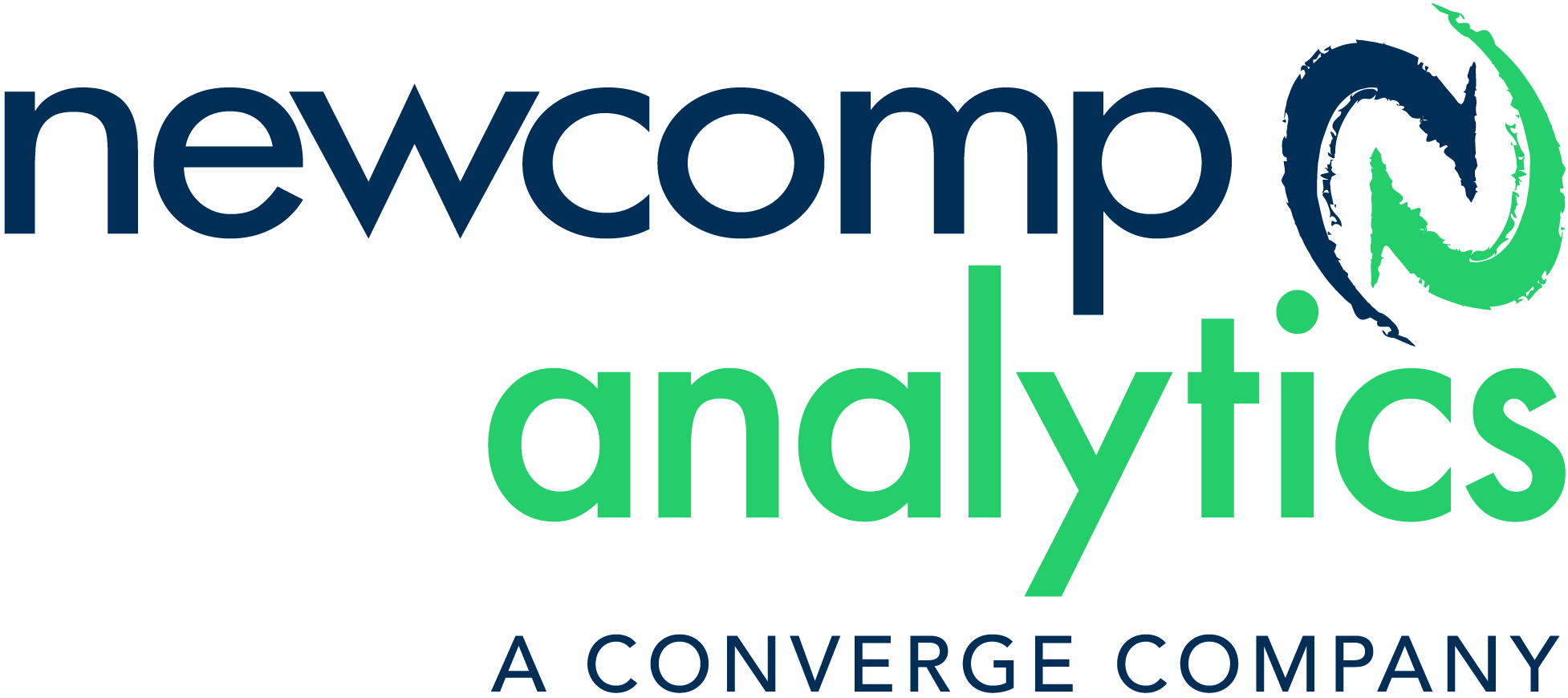How Amazon Uses Data Science to Package Products
There’s an AI for That…Kind of!
Planning for Analytics at your Organization
I found it a bit difficult to decide on what to write my first blog post about. I’ve been working at Newcomp for the past 4 years, and have learned a ton about analytics technology, projects, methodologies and much more in that time. The landscape is constantly changing. I’ve been involved with clients as they evaluated different tools, took on small POC’s, worked through transformational projects, supported projects after go-live, and much more – I like to think that makes me well versed in all-things analytics. But to write something that’s informative to analytics professionals who know a lot more than I do on a technical level and have unique business challenges is fairly intimidating.
I decided to write about something that I’ve been closely involved with many times and can be useful to every organization no matter how mature they are with analytics: planning for analytics.
Whether you’re currently using Excel as a database, starting to look at using predictive analytics, or are supporting thousands of BI users and hundreds of data science models, it’s never a bad idea to plan. This could come in the form of planning for the next major analytics project, figuring out how to govern data, how to better engage users, build skillsets, and more.
This exercise can, however, bring out a lot of fears. For one, when you hear about a roadmap type engagement you might assume that means bringing in a large team of digital transformation consultants for 6 months, engaging in reorganization, endless workshops, and receiving an end-product that is a 200-page binder of suggestions. Don’t get me wrong, there definitely is a place for these engagements, but sometimes we can be more prescriptive when we’re planning for analytics.
The next fear is the toughest one – it puts a microscope on current processes. People (myself included…they’re still trying to get me to switch away from Salesforce Classic) tend to like the way they do things. Exercises like this will bring out strong opinions which can make for heated discussions between different users and groups at organizations.
These can get uncomfortable, but they’re healthy! When we’re gathering information to plan for our analytics deployment, we need to understand exactly how it will impact our users. If the users aren’t going to use it or be happy, it is very unlikely they will be successful.
So how would I go about doing an analytics roadmap? I’ll give a consultants’ favourite answer – it depends. In general, the first thing to do is define the scope. The scope could be anything from an end to end analytics roadmap for the whole organization to figuring out how to best integrate data for one department. Once the scope is clear, you want to understand everything from a high level (e.g. Executive direction) to current business processes to supporting IT infrastructure. You’ll need to make sure that the data can be made available to support business cases. If data can’t easily be made available, then you need to understand if the benefits of implementing something is worth the effort/cost to support it.
Overall, the outcomes of an exercise like this can vary, but the goal should be a prescriptive approach to enhance your analytics environment. The approach should be holistic, taking into account input from all applicable stakeholders. This could include a timeline of projects ranked in order of benefit and cost, a training/user enablement plan, technology recommendations, governance policies, and more.
The other aspect of this I’ve seen that’s important to consider is how to group different departments/users together for workshops. As much as there might be entertainment value in putting everyone in a large (virtual) boardroom and watching arguments ensue, it’s probably not the most effective method. You’ll need to give each group a chance to give their opinion, figure out where conflicts might exist, and then moderate a conversation between those groups understanding the conflict ahead of time. It is also important to know at what point an executive decision needs to be made and who will make it.
Something that I think is very important to include in the scope of a plan for analytics is an end-user engagement plan. It’s often the single largest success factor for an analytics deployment. Some examples of things I’ve seen work well would be:
- Setting up an Analytics Centre of Excellence – rather than reorganizing, this might involve picking leaders from different groups within the organization to represent their group’s interests at COE meetings
- Auditing usage to ensure the solution is being used, and used properly
- Making sure that data from a BI tool can be used in Excel in a governed fashion (as much as everyone strives to modernize from Excel, there’s a reason it is so hard to get rid of)
- Ensuring there is proper support for users on a new solution or process – this could be in the form of expert drop-in hours, recorded videos on how to use it, etc.
While there’s no one size fits all approach to planning for analytics, hopefully some of these suggestions are helpful and give you ideas for how to plan for your analytics deployment. If you’re looking for any more suggestions, or a third-party agnostic view (to help moderate some of those heated meetings), we’re here to help.
WRITTEN BY:
 |
QUINTON EATON, ANALYTICS ACCOUNT MANAGER
|


